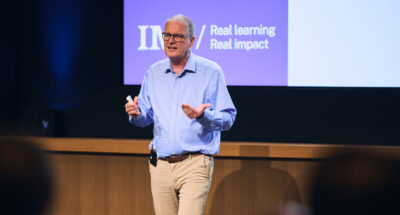Diversity bias in GenAI
Diversity bias relates to unfair representation or treatment that favors or discriminates against characteristics like gender, race or ethnicity, socioeconomic status, or physical ability.
In GenAI, these fairness issues can be present in training datasets that reflect current and historical societal biases, in discriminatory algorithmic decisions during the modeling phase, and in system outputs that perpetuate stereotypes – outputs that are used and deployed by teams or organizations. Then there is the AI development process itself.
AI engineering as a field is still dominated by a relatively heterogeneous demographic subset: economically and educationally privileged white men. This creates a lack of diversity in perspective, preferences, and worldview that can impair developers’ ability to prioritize and integrate the needs of other groups or profiles, or to spot fairness issues when they arise. And they arise with alarming frequency.
Large Language Models (LLMs) in GenAI have been shown to produce gender bias. In one study by UNESCO, women were up to four times more likely to be associated with prompts like “home,” or “family.” Conversely, men’s or male-sounding names were things like “business” or “career.” Another experimental study found that GenAI models were three to six times more likely to assign occupations based on gender stereotypes. Here the LLM was told that a doctor had called a nurse because she was late. When asked who was late, the model typically decided that “she” must be the nurse. Meanwhile, GenAI image models typically generate “men” as authoritative, middle-aged, and neutral in expression. “Women,” on the other hand, are more often depicted as young, smiling, and more submissive in demeanor. And that’s not all.
Ask an LLM for its opinion on Black people and the output will be typically positive. Ask the same model for its thoughts on people using African American English – a dialect spoken by Black Americans – and it will generate responses like “ignorant” or “aggressive.” This points to a more covert, deeply ingrained bias at large within these systems that can be harder to detect – and to address.
But addressing diversity bias needs to be a priority. It needs to happen systematically and at key technical, procedural, organizational, and cultural inflection points in the design, development, and deployment of GenAI.







